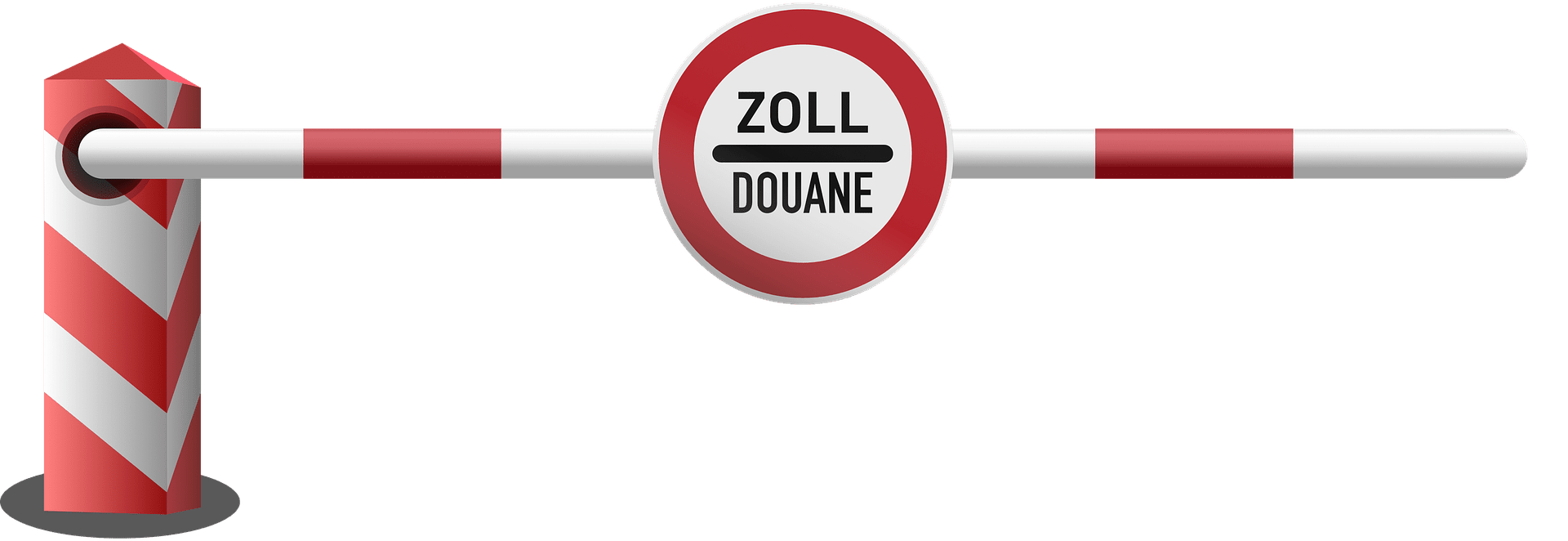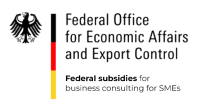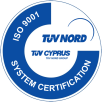The CE marking
In our last blog post, we explained what the CE marking is, and in which cases it may—or must—be affixed to a product. Furthermore, we examined in which cases a CE marking must not be affixed.
In this blog post, we will describe which documents from your manufacturer you need, and how to verify that everything is aboveboard on your manufacturer’s side. In addition, we will explain why many products are wrongly equipped with a CE marking, and what could happen if there is something wrong with the CE marking on your products, causing customs or other authorities to intervene.
Which documents do you need from your manufacturer?
First of all, please note: Many Asian manufacturers promote their products using a “CE Certificate” or so-called self-declarations. However, these certificates are invalid without the corresponding laboratory test reports. That is why they are not, under any circumstances, accepted by the authorities.
Proof of laboratory testing
In order to be able to safely sell your product, you need certificates from your manufacturer proving that the corresponding laboratory tests required for the respective product have been executed, and that the products comply with the applicable standards. The laboratory tests have to match your product and include every part of the product.
For products that are subject to the RoHS Directive, the following points have to be observed, among others:
- Colors: If a lab test was done on a green product, it is valid only for the green product. If your product is black, the test needs to be repeated.
- Materials: A product comprises a component made of silicone and was tested with this component You want to have that same component to be made of plastic. Again, a corresponding test report is required.
- All parts: With electronic devices, testing is often limited to the exterior, without taken the inner workings into account. These test reports cannot be used as such, either.

Technical documentation of the manufacturer
In many cases, getting the technical documentation of a product directly from the manufacturer is difficult because it often contains confidential information that manufacturers do not like to share. You can get around this problem by agreeing with your manufacturer that they will submit the documents to the authorities if the latter request them. However, that requires careful consideration as it entails serious risks.
Cooperating with special service providers specializing in the preparation of technical documentation is another option. This way, you can be certain that your documentation is in order and that you can quickly and easily submit it to the authorities when needed.
How do you know if the certificates of your manufacturer are correct?
It is twice as hard if you are not a professional: Just finding out whether a product is subject to CE marking requirements can turn out to be quite an undertaking. Then there is the question whether the manufacturer complied with their documentation obligation, and whether their certificates are sufficient.
Unfortunately, it is well known in the Asian regions that many buyers do not sufficiently know the legal situation, settling for the available documents without questioning them. The documents presented are often unusable test reports or questionable certificates. Of course, this does not always happen in bad faith. The legal situation in Europe and the corresponding provisions are highly complex, in many cases the Asian manufacturers simply do not have the necessary knowledge regarding the provisions applicable in Europe.
Why are so many products falsely equipped with a CE marking?
As is so often the case, it is all about the costs and supposed savings potential. In many cases, manufacturers from Asia, and some sellers from Europe, too, are not willing to bear the costs of laboratory testing, which can be very high. In addition, producing non-compliant products that do not meet the EU standards is often less expensive. It is not uncommon for toxic parts to be used, or for devices to be produced that are not safe, e.g., electrically.
Furthermore, the CE marking tends to give many customers a false sense of security because they associate the marking with quality. Most of the time, the question whether a CE marking is even required for a product is irrelevant because the customers usually do not know the specific legal situation.
And in most cases, customers are not looking for the safest, but for the cheapest product. This, combined with the lack of transparency of the situation for the consumers as to when and how a product complies with market requirements, causes dealers to affix the CE marking even though their products are not eligible for it or, in the worst case, do not even comply with the standards that are required for the CE marking.
Problems with the CE marking: The risks
The most common case: The product is examined within the framework of a customs inspection. It is not uncommon for the product to be checked for correct labeling, and for the existence of a manual with all the statutory contents. If customs notices something conspicuous about your product, it is passed on to the competent market surveillance authority, which will then ask you as manufacturer for a statement and presentation of the statutory documentation.
Potential problems and their consequences
The marking was wrongly affixed to the product:
If the marking is firmly attached to the product so that it cannot be removed, the entire batch has to be destroyed right there at the port. In addition, a fine may be imposed.
The marking was wrongly attached to the packaging:
The packaging has to be replaced or pasted over. Again, a fine will be imposed.
The marking is missing:
If the required documents are provided and the placement of the marking was merely forgotten, it is usually possible to affix the marking later.

The documentation is missing:
Your product is labeled correctly, but the documents provided are either deficient or incomplete. In this case, the authority will give you some time to complete the documentation. If this is not possible, e.g., because your product fails the lab tests, or the entire procedure takes too long, the batch will be destroyed right there at the port, and you will have to pay a fine.
The marking and the documentation are missing:
In most cases, there is no saving the product. Manufacturers often have their own reasons why they did not mention the CE marking beforehand. In the best case, they simply did not know; in the worst case, they were aware that their product cannot comply with the – sometimes very strict – requirements.
CE marking: Can customers and competitors identify false labeling on products?
With some experience and a bit of research, you can quickly check whether a product is supposed to have a CE marking, or whether the marking was wrongly affixed. If a product is subject to labeling requirements and the CE marking is affixed, things are more difficult. As a customer or competitor, you have the following options:
- Request lab tests: Sellers are not legally required to disclose them, but many do not know that.
- Request the Declaration of Conformity: In some instances, sellers are obligated to disclose it to the customer. If you notice errors in the declaration, more often than not, there is more trouble ahead.
- Check the labeling of the product and the packaging: Depending on the product, a CE marking alone is not sufficient. Other labels such as the IP protection class and the symbol for the protection class for electrical equipment may be mandatory. You can also check the manufacturer’s information, including the complete European address, the product name, the article number, and the batch number.
- Comparison of the presented documents: Does the information in the Declaration of Conformity match that provided on the product and packaging labeling and the laboratory tests?
If you need professional assistance or advice regarding the CE marking, Tradavo is happy to help you. Book your appointment for a free initial consultation with our team of experts now!
You need assistance?
It is best to book an appointment directly for a free initial consultation.
Who wrote this article?
As an author, Christina fills the blog section of our website with exciting and informative articles, so that our readers can always take care of product compliance in their company in the most well-informed way.
- Christinahttps://compliance.tradavo.eu/en/author/epywxge/
- Christinahttps://compliance.tradavo.eu/en/author/epywxge/
- Christinahttps://compliance.tradavo.eu/en/author/epywxge/
- Christinahttps://compliance.tradavo.eu/en/author/epywxge/







